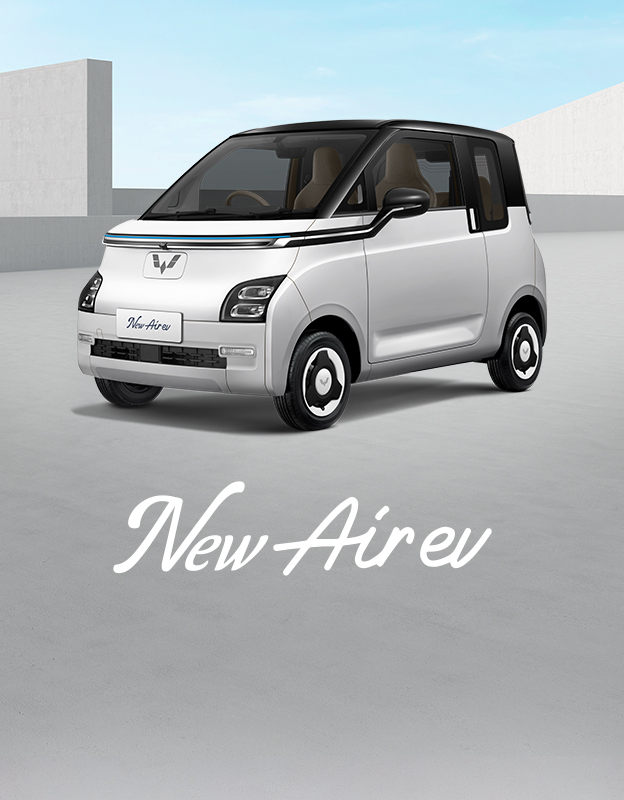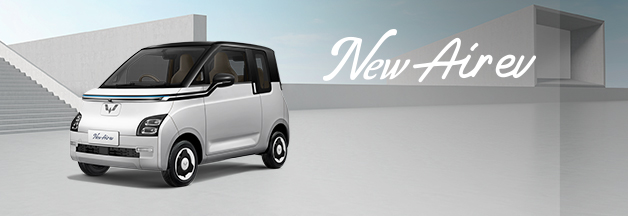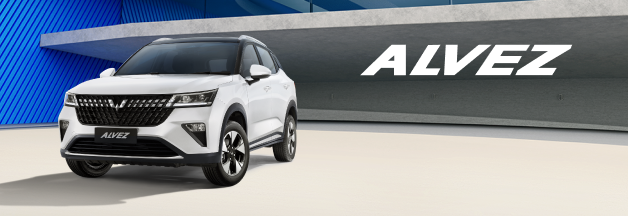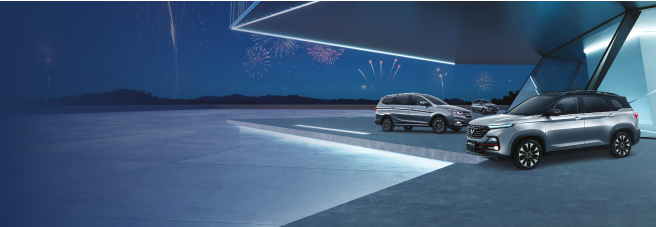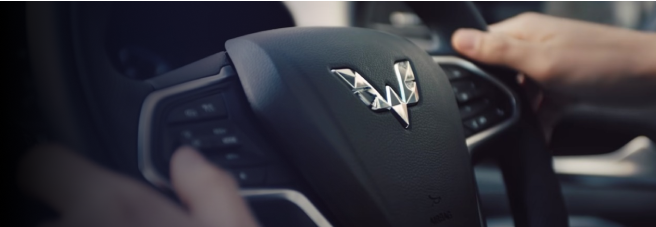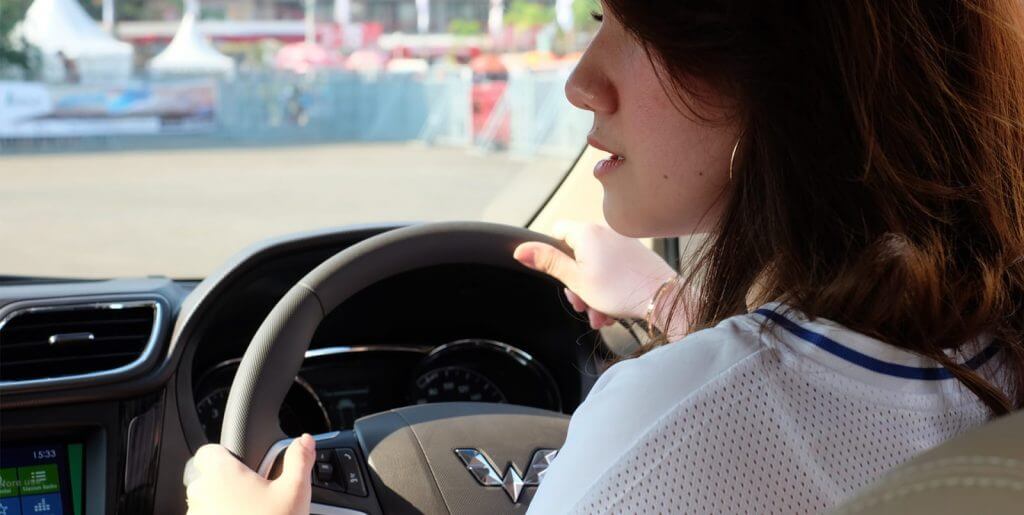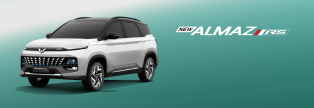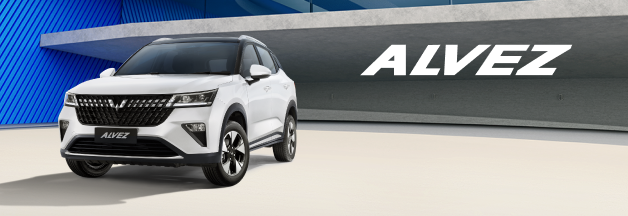Understanding Lane Hogger on Toll Roads and Why It’s Dangerous

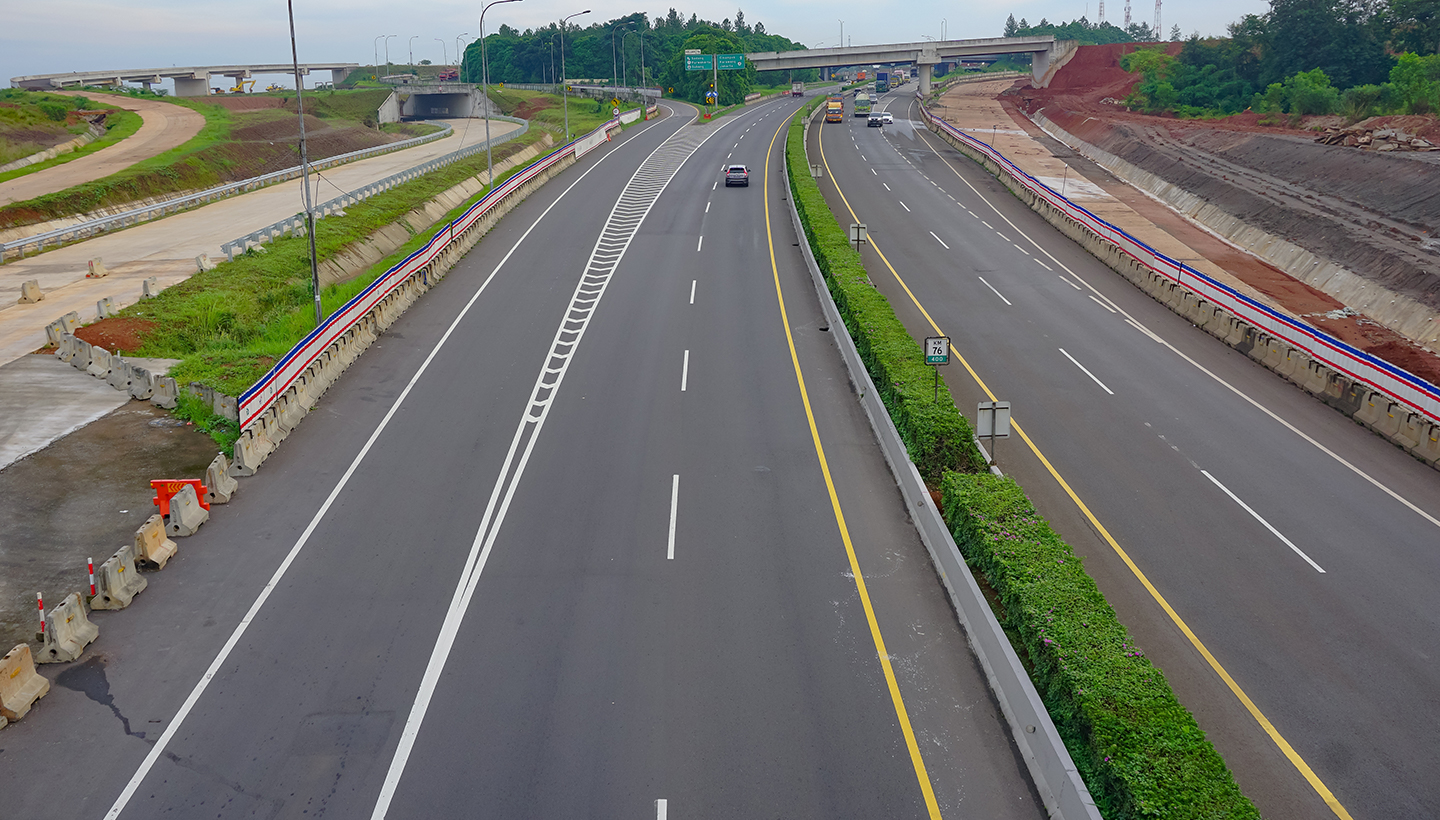
While driving on toll roads, you may encounter various types of drivers. Some drive very fast, but there are also lane hoggers who pose a danger. Each lane on the toll road has its own designated function, as regulated by traffic laws. Therefore, when a driver recklessly operates a vehicle without adhering to traffic rules, it can potentially lead to an accident.
As a motorist traversing toll roads, it is crucial to be aware of traffic regulations to avoid harming oneself and other road users. On toll roads, many drivers travel at high speeds, and even a minor mistake can result in an accident.
To understand what a lane hogger is, the dangers it poses, and the rules surrounding it, let's delve into the explanation below.
What Is a Lane Hogger?
Many drivers are still unfamiliar with the term "lane hogger." Surprisingly, numerous drivers engage in this behavior unconsciously while traveling on toll roads. However, each lane on toll roads is specifically designated for its purpose.
The right lane on toll roads, for instance, is meant exclusively for overtaking. Nevertheless, many toll road users occupy the right lane at a static speed. Drivers who travel in the rightmost lane at a static or low speed are commonly referred to as lane hoggers.
This phenomenon is frequently observed, especially on toll roads. Traveling at a static or low speed in the right lane can impede drivers behind, causing disruptions.
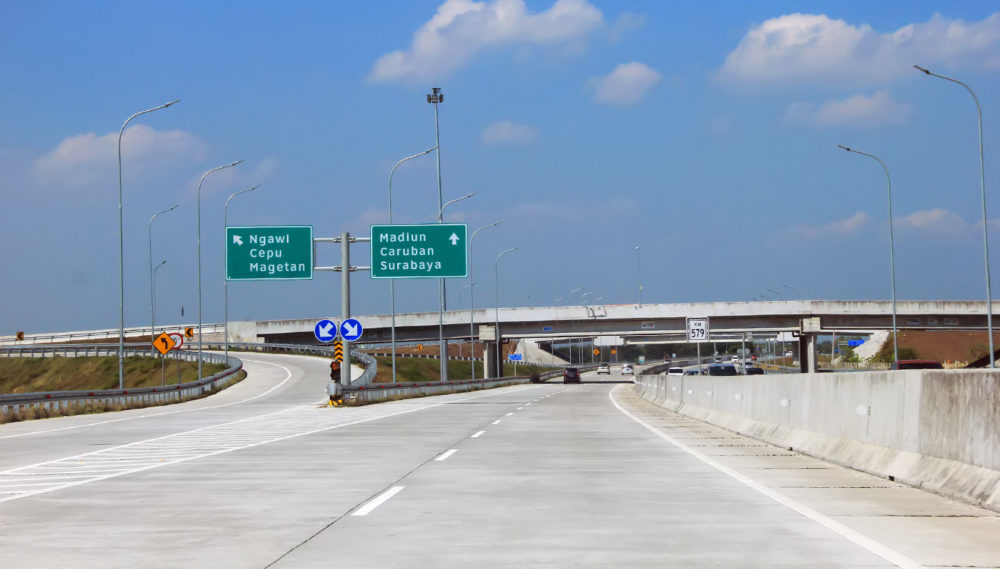
The Dangers of Lane Hogger
The danger posed by lane hoggers is significant, as it can lead to a chain reaction of accidents due to drivers traveling in the right lane at static or even low speeds.
Baca Juga
For drivers on toll roads, it's crucial to understand that the right lane is designated for overtaking. In this lane, there should be a safe distance between vehicles to anticipate sudden braking in case of unforeseen events. Logically, when overtaking a vehicle in front, it encourages the driver to accelerate for a smoother pass.
However, if there is a lane hogger moving at a static and low speed, it becomes an obstacle for drivers wishing to overtake. In such instances, collisions are sometimes unavoidable.
In busy traffic, this can lead to a chain reaction of collisions, causing significant inconvenience to many people. Therefore, once a driver has finished overtaking in the right lane, it is advisable to return to the left lane to avoid unwanted incidents.
Rules Regarding Lane Hogger
The act of lane hogging violates rules and is subject to applicable laws, namely:
- According to Law No. 22 of 2009 concerning Traffic and Road Transportation, Article 108, paragraph (2), states that: "The use of the right lane can only be done if: (a) the driver intends to overtake the vehicle in front of them, or (b) instructed by the officers of the Indonesian National Police to be temporarily used as the left lane."
- Furthermore, Government Regulation No. 15 of 2005 concerning Toll Roads, Article 41 point (b), explains that: "The right traffic lane is only intended for vehicles moving faster than those in the left lane, following the specified speed limits."
For drivers who violate these rules, they will face sanctions as stipulated in Article 287, paragraph 3. The imposed sanctions include imprisonment for up to 1 month and a fine of up to Rp250,000.
Speaking of maximum speed on toll roads, Minister of Transportation Regulation No. 111 of 2015 concerning Procedures for Determining Speed Limits in Article 3 paragraph 4 explains that the minimum speed is 60 km/h and the maximum is 100 km/h for freeways.
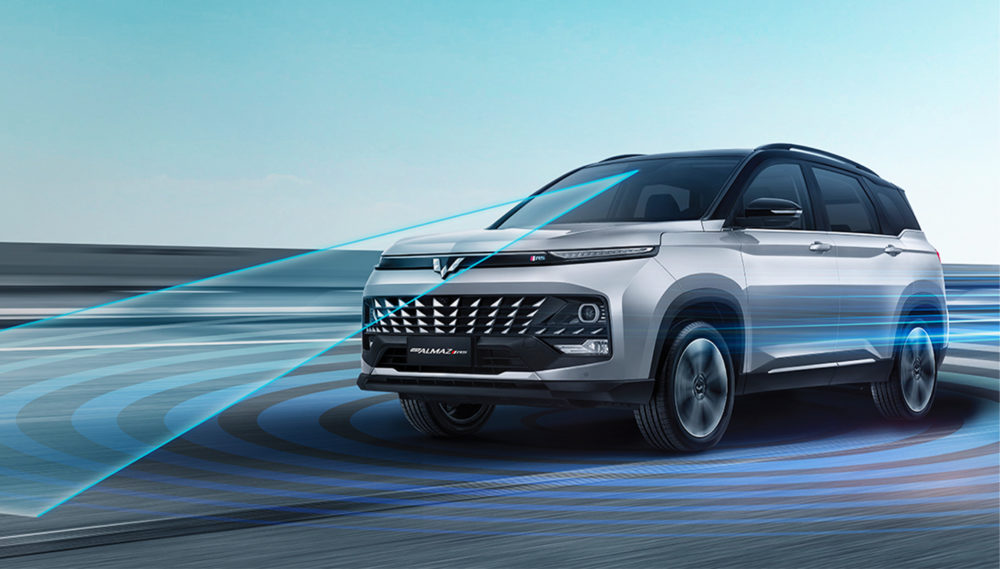
Tips for Dealing with Lane Hoggers
There are several ways to handle lane hoggers on the road or toll roads. You can use features available in cars like those in the Wuling New Almaz RS by following these tips:
-
Maintain a Safe Distance
Baca Juga
When encountering lane hoggers on toll roads, drivers are advised to maintain a safe distance. An ideal distance between vehicles is about 10–20 meters. To easily maintain a safe distance, you can utilize features like ACC and ICA in the Advanced Driver Assistance System (ADAS) technology of the intelligent New Almaz RS.
ACC, or Adaptive Cruise Control, automatically adjusts the vehicle's speed and maintains a distance from the vehicle in front. This feature is active at speeds ranging from 0-150 km/h.
ICA, or Intelligent Cruise Assistance, automatically adjusts the vehicle's speed, maintains a distance from other vehicles in front, and keeps the vehicle in the middle of the lane. This feature is active at speeds ranging from 60 to 150 km/h.
-
Give Signals
Drivers can also signal lane hoggers to change lanes. You can do this by turning on your high beams towards the front driver or honking the horn. This way, the driver may switch lanes to the middle or left.
-
Stay Relaxed While Driving
On toll roads, drivers often encounter careless road users, such as lane hoggers. To maintain concentration and drive safely, drivers must control their emotions and remain calm while driving.
Drivers must stay focused while driving to avoid unwanted incidents. Therefore, staying calm while driving is better for reaching your destination safely.
-
Avoid Driving When Tired
Long-distance driving can make the body tired and cause it to lose focus. If you feel drowsy, it's advisable to take a break first. Driving while feeling sleepy can risk accidents and even lead to microsleep and automatic behavior syndrome due to excessive fatigue.
-
Use the Middle or Left Lane
If you've signaled to the lane hogger but they don't switch lanes, you can use the middle or left lane. Changing lanes to the middle or left should be done cautiously to overtake the lane hogger. Drivers also need to check the side mirrors before overtaking.
Road Lanes on Toll Roads and Their Functions
In Government Regulation No. 15 of 2005 concerning Toll Roads in Article 41 Paragraphs 1 to 3, the following are the lanes on toll roads along with their functions:
-
Right Lane
The right lane functions as the fast lane with high speeds or is only used for overtaking. Although it is used for high speeds, drivers must still safely control their speed.
-
Left Lane
This lane functions as the lane for larger and heavier vehicles, such as buses or trucks. Considering that the left lane is designated for heavy vehicles, these vehicles usually travel at a slower speed.
-
Road Shoulder
Located on the far left side, adjacent to the left lane, this area serves as the right of way (Ruang Milik Jalan), which is the toll road area given space with empty land or grass and a dividing fence. This area should only be used in emergencies, such as a flat tire, engine overheating, and others.
-
Median Shoulder
Finally, there is the median shoulder that serves as a separating lane between the toll road and the opposite direction road. It is usually encountered with a road condition featuring concrete separators approximately 1 meter away from the right lane.
SHARE:


